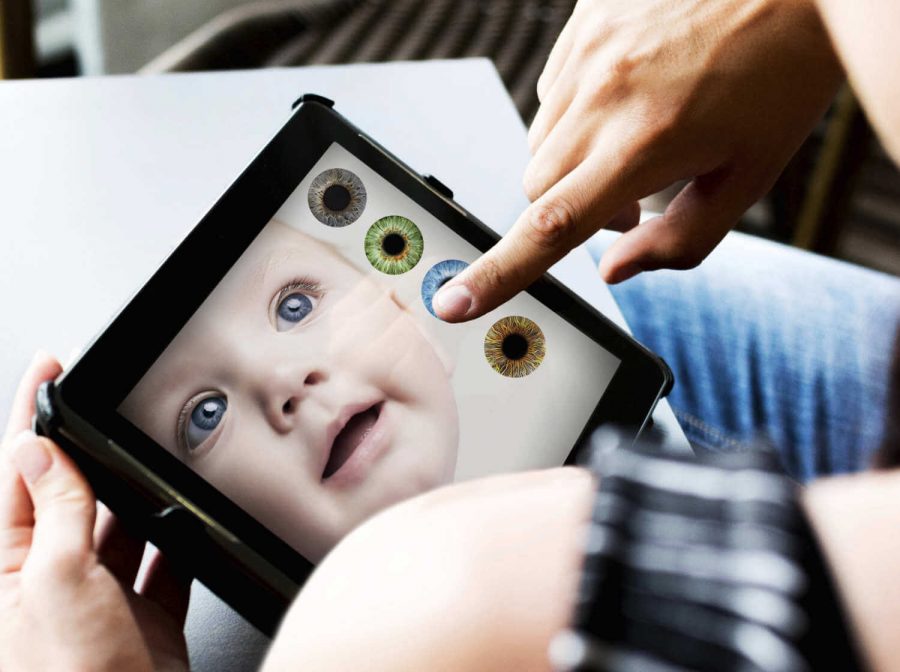Genetically Modified Babies
Do you prefer blonde or brown haired baby? Would you like your child to be tall or short? Genetically modified babies have become a topic surrounded by controversy. A genetically modified baby, also called a “designer baby”, is genetically engineered in a process called in vitro. In this process, egg and sperm cells are united outside the body to form a zygote, which creates the opportunity for parents to custom pick their child’s traits.
The term “designer babies” came from people wanting desired traits in their child such as hair color, eye color, skin color, and even gender. However, the positive aspect behind genetically modified babies is that it can remove certain inherited genes that may cause an unwanted genetic disease in the child. Although this process can be very useful in removing harmful genetic diseases from embryos, it should not be misused for customizing desired physical features for a child.
Because of the rapid advancements in technology, new procedures can be done to remove genetic mistakes and diseases in babies. English Teacher Jill Garfunkel, says “Genetically modified babies should not be conducted for the purpose of designer babies. But sometimes, if it could help prevent diseases, it could be a good thing.” Couples that are conceiving a baby through in vitro have the option of selecting their fertilized embryos before they get implanted. Another process called preimplantation genetic diagnosis analyzes the embryos for mutations or genetic diseases. The ones that have been detected to have the disease are not used, and the ones that are healthy are implanted in the mother. Principle Joseph Rainis states, “I think that there are nobler things to pursue both in science and as a parent than someone’s idea of handsome or pretty.” Scientific technology can be used for many great things, but it is not intended to be abused. Genetically modifying the physical traits of one’s child is doing exactly that.
Genetically modifying babies for the sake of creating a more aesthetically pleasing child is unethical. Editing one’s unborn baby’s physical gene makeup should not be taken lightly or be admired in any way, shape, or form. If the baby is healthy, there should be no need for genetically engineering the child’s physical appearance. Parents should embrace the way their child looks without feeling the need to alter it. Humans have already genetically modified and selectively bred plants to their liking and have disregarded the failed outcomes. Perhaps that is the same thing individuals would do with a “failed” designer baby? Designing a life is very serious, and it is disheartening that scientific interference in this process is being taken lightly. Spanish Teacher William Luzzi says, “There are pros and cons. We could have healthy babies, but at the same time, there is a risk when one plays God. It is a really tough topic.” Physicians should not be able to play God in altering perfectly healthy babies’ appearances.
Genetically modified babies have many dimensions to them. Critical genetic diseases can be removed through this process to help the baby live comfortably. On the other hand, this process can be used to do something as shallow as changing the child’s appearance. Science and technological advancements can be used to do great things but should not be used in the wrong way.


















